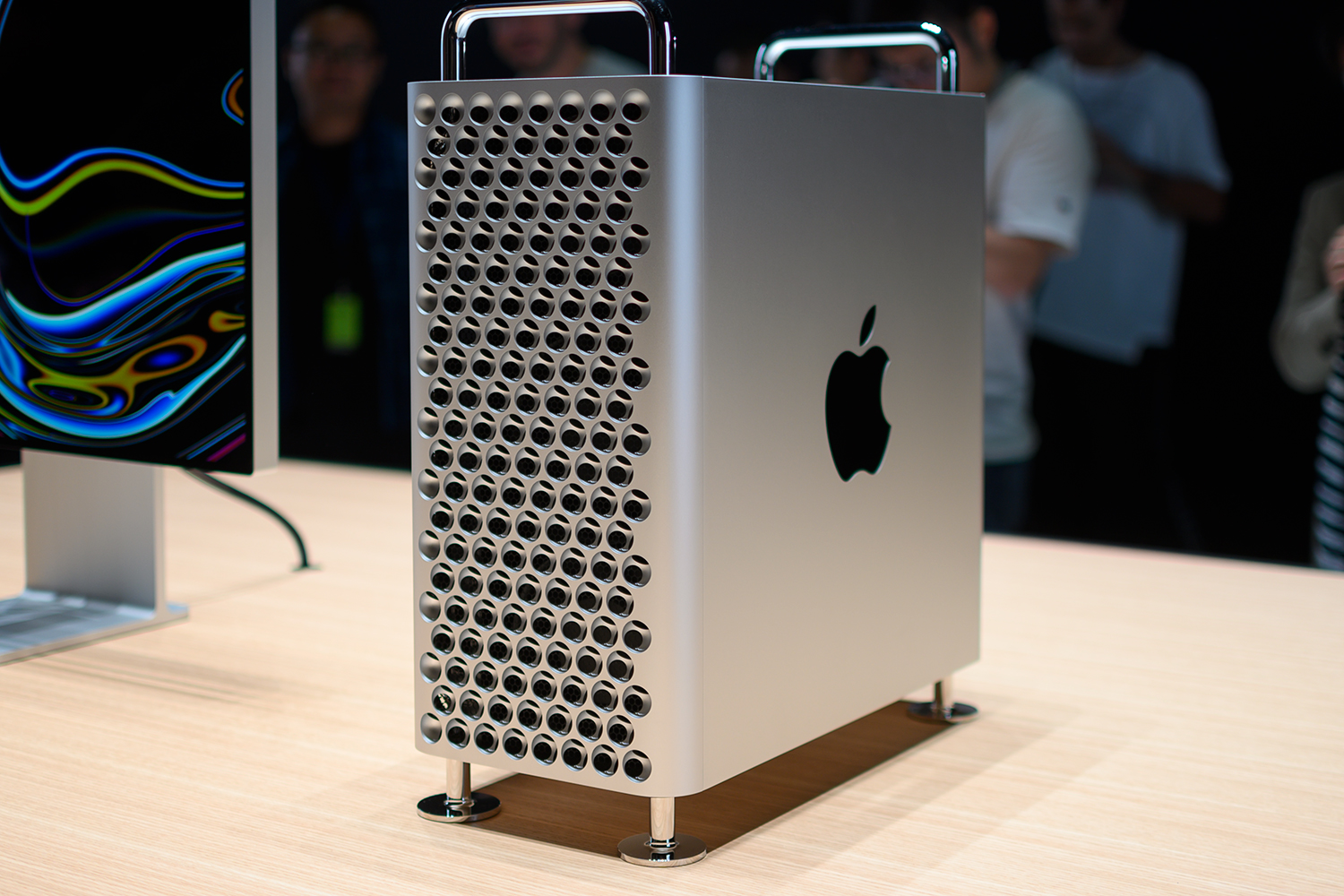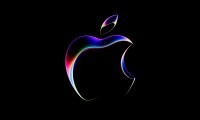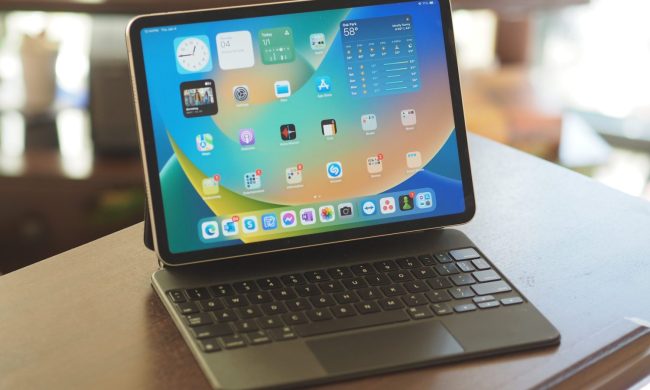The two biggest announcements from Apple’s Wordldwide Developer Conference (WWDC) this week revolved around the iPad and the Mac Pro. That’s a bit odd, as they’re not typically the focus of Apple’s annual event. They might not seem related on the surface, but when you read between the lines, they paint a pretty clear picture of the future of Apple’s products and platforms.
I’m no fortune teller, but I’m beginning to get a pretty clear idea how this will play out.
The Mac Pro is the future of the Mac

Let’s start with the new Mac Pro. This is a new product for Apple, bringing back not only the cheese grater design, but also a focus on power and expandability. It won’t be enough modularity to please PC enthusiasts — this is still Apple and most of the “modularity” is proprietary. But it’s a big change in direction from the trash-can-style Mac Pro from over five years ago.
Put simply, this is not a computer for you. It’s not for the “prosumer,” the average creative professional, or really any single person. It’s for professional editing shops, companies who love the Mac ecosystem and ethos but have the need for serious power that can actually be customized and expanded to fit the specific needs of a certain workflow. That’s where additions like the Afterburner card and the eight available PCIe slots come into play.
For the first time in a long time, there is some actual engineering innovation in a desktop computer made by Apple. You might be wondering why the Mac Pro had to be quite so expensive and quite so powerful. Couldn’t it be somewhere in the middle? As much as enthusiast Apple fans might want that, the truth is the “middle ground” between the iPad Pro and the low-end MacBooks and iMacs is quickly shrinking. The MacBook, which is on its fourth year using the same chassis, gets software updates so marginal that the default wallpaper is the most noticeable change.
In fact, most of the actual changes made in MacOS Catalina don’t make the Mac experience better in and of itself. Instead, they’re made to play nicer with the iPad. Whether that’s paving the way forward for iPad apps to come to the Mac via Project Catalyst or even support for using an iPad as a second screen, it’s clear where Apple is shifting its focus.
The iPad is the future of the MacBook

When word got out that Apple was releasing a separate operating system for the iPad called iPadOS, everyone in the Digital Trends office simultaneously rolled their eyes. But really, it’s just giving a name to something that’s been happening for years now — iOS on the iPad has evolved into a very different experience than on the iPhone over the years. Whether it’s multitasking, gestures, or controls, it’s different software with a different use case in mind. Apple claims the iPad can actually replace a “real computer” every year, but with the launch of iPadOS, I think that it actually came true.
This year, the iPad is getting better multitasking features, an improved file management system — and get this — mouse and USB support. At this point, the only thing the iPad is missing is a proper case that includes a Touchpad. The iPad Pro is already faster than the lower-end MacBooks, and that is only going to continue in the future. With these new hardware and software improvements, it’s clear that Apple is positioning the iPad to replace the MacBook, especially on the cheaper end of the spectrum where the prices align.

Right now, when you go to a coffee shop, you’ll still see the sea of silver MacBooks. In the early 2000s, Apple wanted to push the idea that everyone could be a creative. All they needed to do was buy a MacBook or iMac — and off they went producing music and editing their own videos. In the future, Apple wants this to be done mostly with iPads. Apple wants you to not only use an iPad for relaxing and content consumption, it wants you to work on it. The company wants it to be the single device that’ll take care of everything the average person needs. Why? Because it’s a platform that Apple has more control over, and for a company like Apple, that’s always going to be the most important factor.
What about the Mac? It’ll still be around, but it’ll be reserved almost exclusively for extreme uses only, in systems like the iMac Pro or the new Mac Pro. I’m not saying Apple is going to retire the MacBook Pro next year. It’ll probably always have a spot in the company’s lineup for creative professionals who need to take their work on the go, and it’ll probably take the iPad Pro a few years to catch up to what an eight-core MacBook Pro with a dedicated graphics card can do.
This is a transition years in the making, so it isn’t going to happen overnight. But make no mistake — if there’s one large narrative to take away from WWDC this year, it’s this: The incredibly niche Mac Pro was the only way of saving the Mac from the death grip of the iPad.



